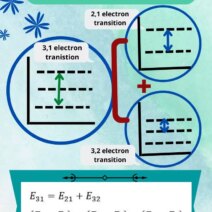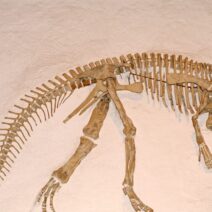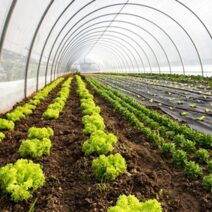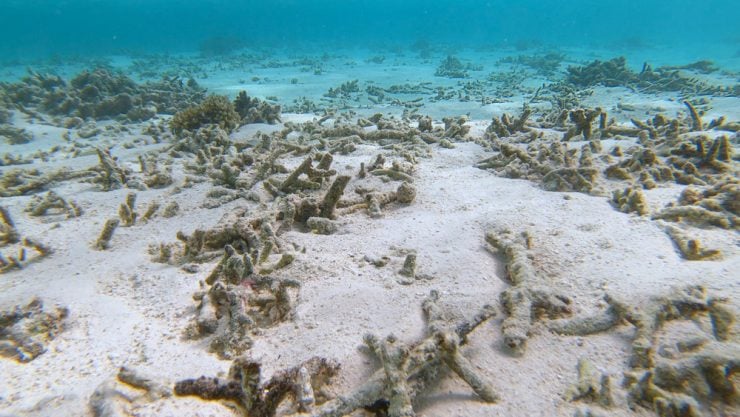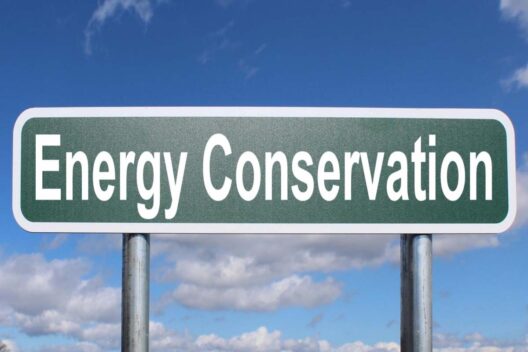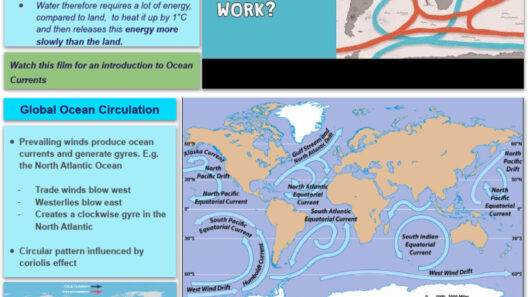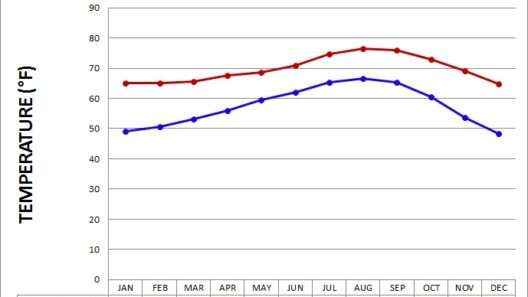The world is a grand tapestry of ecosystems, each thread intricately woven to create a balance that sustains life. Among these threads, coral reefs and rainforests stand out as vibrant colors, each teeming with diversity and resilience. Yet, as climate change relentlessly advances, it threatens to unravel this tapestry, exposing the fragility of these vital ecosystems.
Coral reefs, often referred to as the “rainforests of the sea,” are unparalleled in their biodiversity. They are home to thousands of species, from the majestic clownfish to the delicate sea turtle. Yet, like the industrious workers of a colony, coral polyps build these underwater metropolises. But climate change, with its rising sea temperatures and ocean acidification, is akin to pouring toxic paint onto this aquatic canvas, disrupting the delicate harmony that sustains life. Coral bleaching, a phenomenon where coral expels the symbiotic algae that provide it with nourishment and color, is a glaring manifestation of this calamity. Left bleached and barren, these reefs are stripped of their allure and vitality, resulting in a cascading effect that jeopardizes the myriad species that depend on them.
Transitioning from the depths of the ocean to the lush canopy of rainforests, one encounters a different yet equally pressing plight. These verdant ecosystems, often described as the lungs of the Earth, play a critical role in regulating climate, absorbing carbon dioxide, and producing oxygen. Yet, rainforests are under siege, with deforestation driven by agriculture, logging, and urbanization clearing vast swathes of this green expanse. The metaphor of cutting the lungs of our planet rings painfully true. As trees fall, not only does biodiversity dwindle, but the very fabric of our atmosphere is compromised, pushing global temperatures higher and altering precipitation patterns.
The interconnection between coral reefs and rainforests is stark and significant. Both ecosystems are vital to the survival of numerous species, contributing to the planet’s overall health. The runoff from deforested areas can lead to sedimentation in coastal waters, smothering coral reefs and inhibiting their growth. This highlights the symbiotic relationship between land and sea, and how climate change, through its multifaceted effects, can amplify the damage across ecosystems.
One might ponder the resilience of these ecosystems. Nature, in its infinite wisdom, has equipped some species with the ability to adapt and survive. Coral species, for instance, exhibit varying degrees of thermal resistance. However, the rapid pace of climate change is akin to a relentless march of an army, outpacing the slow evolution of these organisms. The intricate balance of ecosystems is not merely a reflection of resilience; it is an endorsement of adaptation and co-evolution across millennia—processes that are now being jeopardized.
Furthermore, the effects of climate change extend beyond mere physical alterations. The emotional and cultural ties that humans have with these ecosystems are profound. Indigenous peoples, who have nurtured these environments for centuries, face existential threats as their livelihoods and cultural practices are disrupted. Rainforests are not just a resource; they are a reservoir of knowledge, culture, and tradition. The loss of these sacred spaces due to climate change translates into a loss of identity for many communities.
In combating climate change, one can draw inspiration from the notion of restoration. Restoration ecology is an emerging field focused on rehabilitating damaged ecosystems and mitigating the effects of environmental degradation. Through techniques such as reforestation, coral gardening, and sustainable practices, there lies the potential to heal the wounds inflicted upon our planet. It is an urgent call to action, a plea to take up the mantle of stewardship and nurture our natural world before it is irrevocably altered.
Moreover, the role of technology in preserving these ecosystems cannot be overstated. Innovative solutions, ranging from satellite monitoring of deforestation to the use of artificial intelligence in predicting coral bleaching events, are paving the way for more effective conservation efforts. These technological advancements act as fortifications against the encroaching forces of climate change, providing the data and tools necessary to protect vital habitats.
Education plays a pivotal role in this restoration narrative. The more individuals understand the nuances of climate change, its impacts on ecosystems, and the urgent need for conservation, the more empowered they become to enact change. Grassroots movements, community initiatives, and global campaigns work collaboratively to cultivate awareness and drive meaningful action. After all, the fight against climate change is not a solitary endeavor; it requires a united front.
The call to save coral reefs and rainforests represents a call to save ourselves. As stewards of the planet, our actions resonate through the threads of this intricate tapestry called Earth. The need for action is more pressing than ever; climate change does not respect borders, boundaries, or politics. Every moment that passes without intervention leads us closer to a future where vibrant coral landscapes and verdant forest canopies may fade into mere memories, shadows of what once thrived.
Ultimately, from the coral reefs to the rainforests, the narrative of climate change is one of profound loss and unparalleled resilience. The tapestry woven from these ecosystems is a testament to the interdependence of life on our planet. Our choices now forge the path for the future. Let us choose wisely, striving not only to restore what has been lost but to create an enduring legacy of stewardship, sustainability, and reverence for the natural world that cradles us all.
